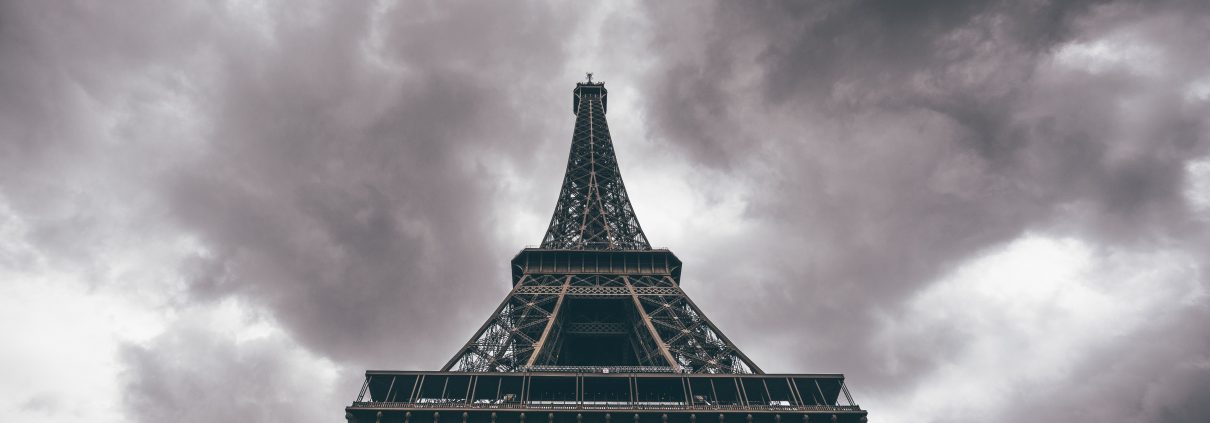The Paris Agreement
In December of 2015, the world agreed on a path forward with regards to climate change. 196 nations signed the Paris Agreement, a new legally-binding framework for an internationally coordinated effort to tackle global warming. The agreement signals the turning point in the achieving a world wide low-carbon economy.
When negotiations to address climate change failed in 2009, countries walked away with a better sense of how to make an agreement work. Using past failures in which each country set its own goals, enabling the Paris agreement to work for everyone was the best way to ensure change.
The deal asks any nation signing it to reduce greenhouse gas emissions and to regularly increase their ambitions. The agreement requires that ratifying nations peak their greenhouse gas emissions as soon as possible and pursue the highest possible ambition that each country can achieve.
Ratifying countries can independently decide on how to lower their emissions. However, because economies, cultures, and nations differ so greatly, a common denominator was hard to determine and, therefore, achieve. Allowing ratifying countries to determine the best way forward for them helped establish support for the agreement.
The Paris Agreement has been established and will continue to be improved upon in a series of conferences held at different locations all over the world.
COP21
Paris, France -2015
This conference negotiated the framework for what is now know as “The Paris Agreement”. The attending members agreed to reduce their carbon output “as soon as possible” and to do their best to keep global warming “to well below 2 degrees Celsius”. The agreement will not become binding on its member states until 55 parties who produce over 55% of the world’s greenhouse gas have ratified the Agreement. There is doubt whether some countries, especially the United States, will agree to do so, though the United States publicly committed to do so. The election of Donald Trump as President of the United States does cast doubt on this commitment.
The conference took place two weeks after a series of terrorist attacks in central Paris. Security was tightened accordingly all over the country until after the conference ended. Around the world, 600,000 took part in demonstrations in favor of the agreement.
COP22/CMP12/CMA1
Marrakeck, Morocco – 2016
This was the first meeting after the Paris Agreement. Once the Paris Agreement enters into force, the CMA becomes the Agreement’s governing body, with authority over all substantive, procedural, administrative and operational matters. As decisions about how to implement the Agreement and adopt its rules get placed on the table in coming months and years, it will be critical to address the process for making those decisions.
A focal issue of this conference is that water scarcity, water cleanliness, and water-related sustainability, is a major problem in the developing world, including many African nations. It was s a continuation of regular global summits organized by the United Nations following the adoption of the Kyoto Protocol in 1997. The financial responsibility for loss and damages, which was recognized under the Paris Agreement, was debated. Also discussed was the transparency rules regarding the information provided by countries pertaining to the steps they take to reduce their greenhouse-gas emissions.
Kyoto Protocol
Kyoto, Japan – 1997
The Kyoto Protocol is an international treaty which extends the 1992 United Nations Framework Convention on Climate Change that commits member nations to reduce greenhouse gas emissions, based on the premise that global warming exists and human-made CO2 emissions have caused it. It came into full force in February 2005. The Protocol puts the obligation to reduce current emissions on developed countries on the basis that they are historically responsible for the current levels of greenhouse gases in the atmosphere. Forest management, cropland management, grazing land management, and re-vegetation are all eligible activities under the Protocol.
For a full transcript of the Paris Agreement:
CLICK HERE



